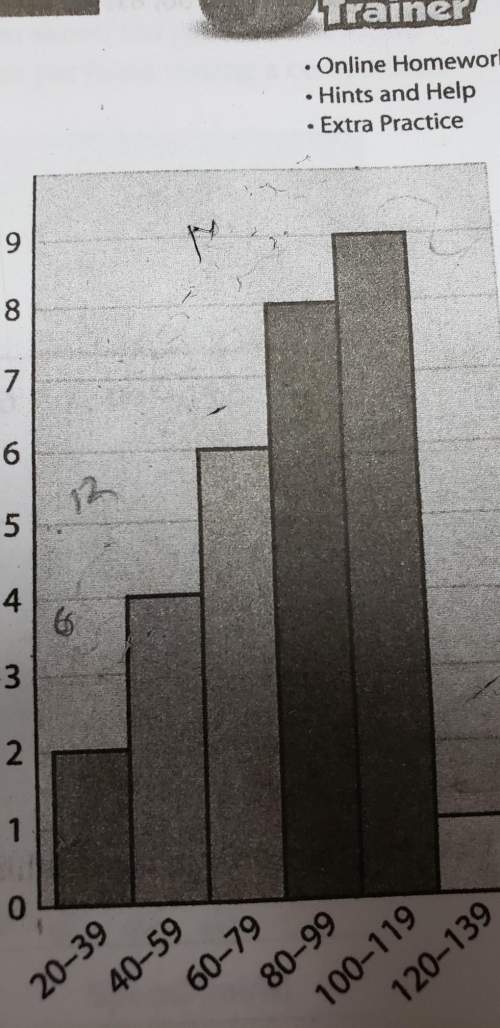
Mathematics, 05.03.2020 10:12 ayaan9573
Determine elementary matrices E1, E2, E3 of Type III such that E3E2E1A = U with U an upper triangular matrix. The matrix E1 should turn the element in position (2,1) into a 0. Enter this matrix in MATLAB as E1 using commands similar to the ones in Example 1. The matrix E2 should turn the element in position (3,1) into a zero. Enter this matrix in MATLAB as E2. Note that to zero out the entries in column 1, you need to add or subtract a multiple of row 1. Once you have found the matrices E1 and E2, compute the product E2E1A in MATLAB. Use format rat so that the entries will be given as fractions. Based on the result, determine the matrix E3 that turns the element in position (3,2) into a zero. Enter this matrix as E3 in MATLAB and compute U=E3*E2*E1*A.

Answers: 1


Another question on Mathematics


Mathematics, 21.06.2019 21:30
Julie goes to the sports store and spends $40.50 before tax. she buys a pair of shorts for $21.75 and 3 pairs of socks that each cost the same amount. how much does each pair of socks cost? $$
Answers: 1

Mathematics, 21.06.2019 23:30
Aprisoner is trapped in a cell containing three doors. the first door leads to a tunnel that returns him to his cell after two days of travel. the second leads to a tunnel that returns him to his cell after three days of travel. the third door leads immediately to freedom. (a) assuming that the prisoner will always select doors 1, 2 and 3 with probabili- ties 0.5,0.3,0.2 (respectively), what is the expected number of days until he reaches freedom? (b) assuming that the prisoner is always equally likely to choose among those doors that he has not used, what is the expected number of days until he reaches freedom? (in this version, if the prisoner initially tries door 1, for example, then when he returns to the cell, he will now select only from doors 2 and 3.) (c) for parts (a) and (b), find the variance of the number of days until the prisoner reaches freedom. hint for part (b): define ni to be the number of additional days the prisoner spends after initially choosing door i and returning to his cell.
Answers: 1

Mathematics, 22.06.2019 01:00
Which of the following statements is true? a. the irrational number system is not closed under multiplication, because the product of two irrational numbers is always a rational number. b. the irrational number system is not closed under multiplication, because the product of two irrational numbers is not always an irrational number. c. the irrational number system is closed under multiplication, because the product of two irrational numbers is always an irrational number. d. the irrational number system is closed under multiplication, because the product of two irrational numbers is always a rational numbers. reset submit
Answers: 1
You know the right answer?
Determine elementary matrices E1, E2, E3 of Type III such that E3E2E1A = U with U an upper triangula...
Questions


Biology, 18.06.2021 07:20

Mathematics, 18.06.2021 07:20

Chemistry, 18.06.2021 07:20




Computers and Technology, 18.06.2021 07:20



Biology, 18.06.2021 07:20


Mathematics, 18.06.2021 07:20

Mathematics, 18.06.2021 07:20


Biology, 18.06.2021 07:20

Chemistry, 18.06.2021 07:20


English, 18.06.2021 07:20

History, 18.06.2021 07:30




